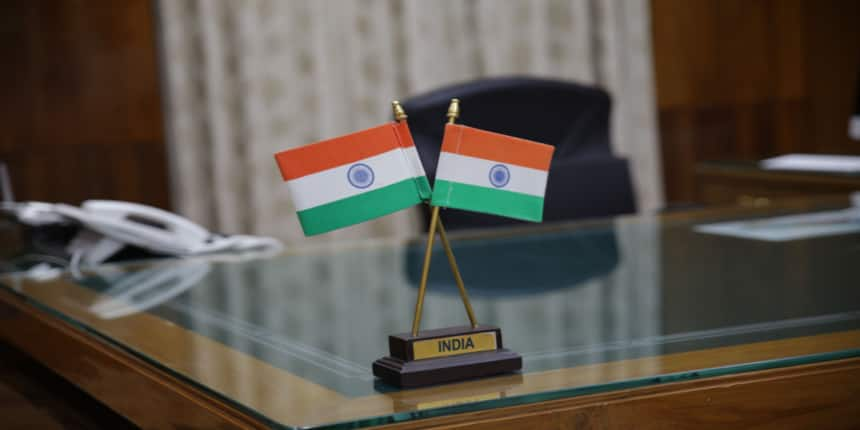DSP Full Form
What is the full form of DSP?
DSP stands for Deputy Superintendent of Police in its complete form. The higher-ranking members of the state police force are referred to as Deputy Superintendents of Police. In terms of authority, they have a position equivalent to that of the Assistant Chief of Police (ACP). They are designated as Circle Officers (C.O.) or assigned as such in many states, including Rajasthan and Uttarakhand. The subdivision is managed by a DSP, sometimes referred to as a sub-divisional police officer or SPDO in the state of West Bengal. These officials are below the chief of police in rank but above assistant superintendent officers in rank.
- What is the full form of DSP?
- Roles and Duties of DSP
- Interesting Facts About DSP

Roles and Duties of DSP
The DSP is the police officer who reports directly to the superintendent of police; he manages all operations of the police department, including crime prevention, administration, and management of police stations, investigative management, etc. The role and obligations of a DSP are as follows.
The DSP is in charge of monitoring the working conditions of the less experienced officers under his command while also gathering information from lower-level police officers and reporting it to his superiors through the district police personnel system. The DSP is the district's top intelligence officer.
In order to prevent any type of confrontation amongst individuals, a DSP oversees and regulates the crowd during political rallies and festivities. They also manage the crowd during festivals and create a safe environment.
A DSP is responsible for discouraging criminal behaviour, monitoring all cases and investigations linked to it that are under his authority, and conducting research operations to solve cases. He also creates innovative methods to combat crime and apprehend offenders.
Interesting Facts About DSP
In 1876, when the program of "indigenization" was being implemented, the position of deputy superintendent of police was created.
The Superintendent of Police was first brought to India by Lord Cornwallis.
The first female police officer in India was Shakuntala Vashishta, who in 1969 reached the position of deputy superintendent.
The National Police Cadet Corps officer with the highest rank is the deputy superintendent of police.
Several police agencies all around the Commonwealth and the former British Empire use the term "Deputy Superintendent of Police" (DSP).
Frequently Asked Questions (FAQs)
The three stars in the form of an equilateral triangle with the apex pointed upwards is worn on the shoulder straps of the badges.
SP is higher than DSP.
An IPS officer is posted as a Deputy Superintendent of Police (DSP) after completion of the training.
All Indian Police Service Class I officers of the cadre.
SHO is the head or officer in charge of a police station in a locality. He is ranked below a deputy superintendent of police and above a sub-inspector.